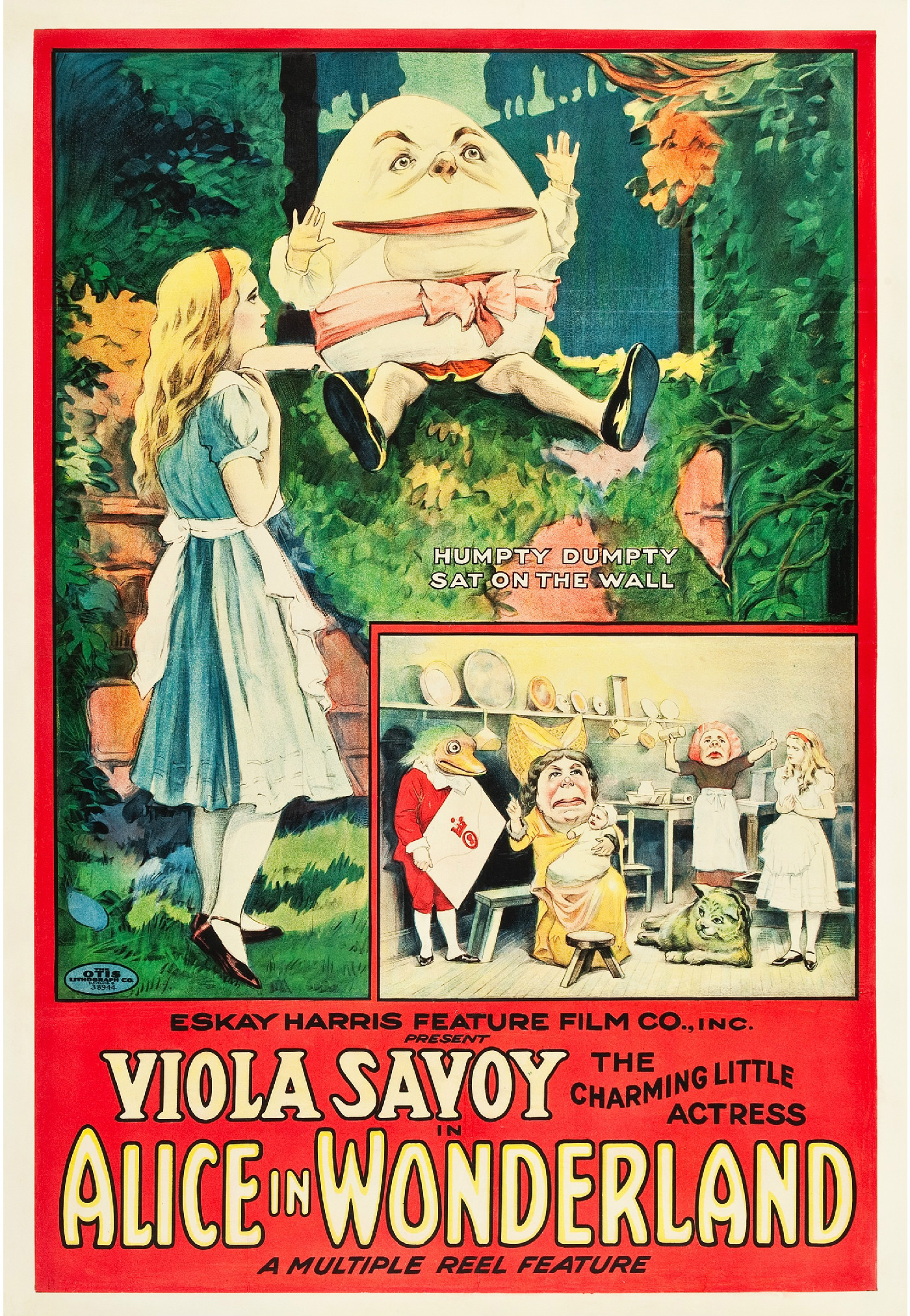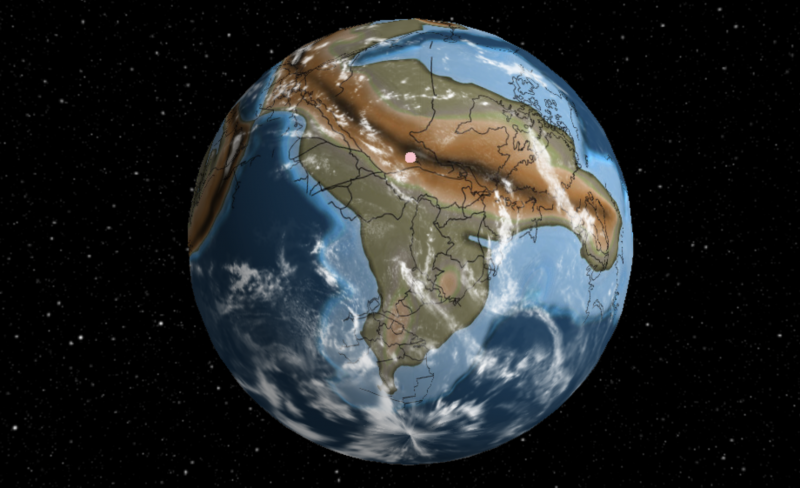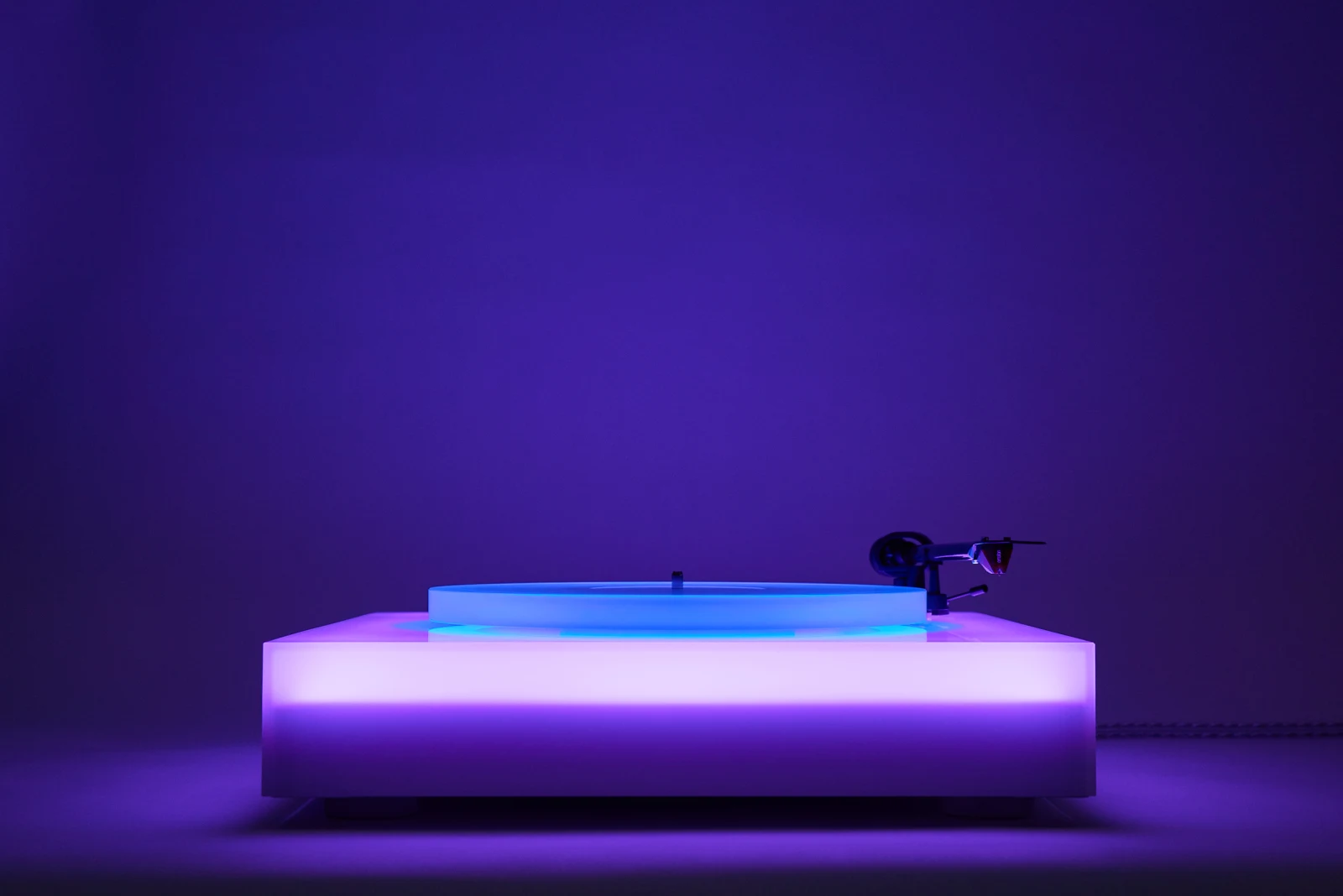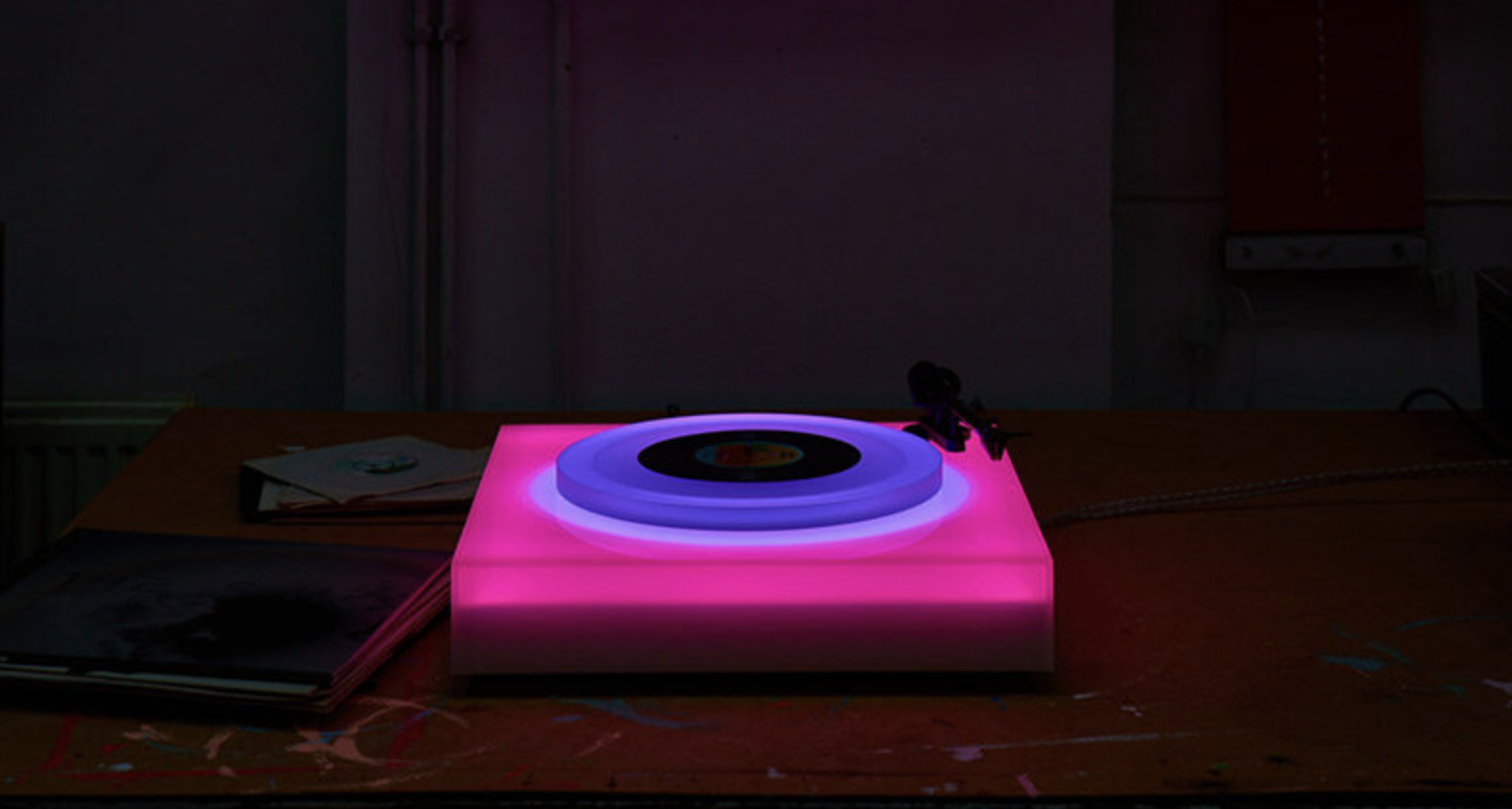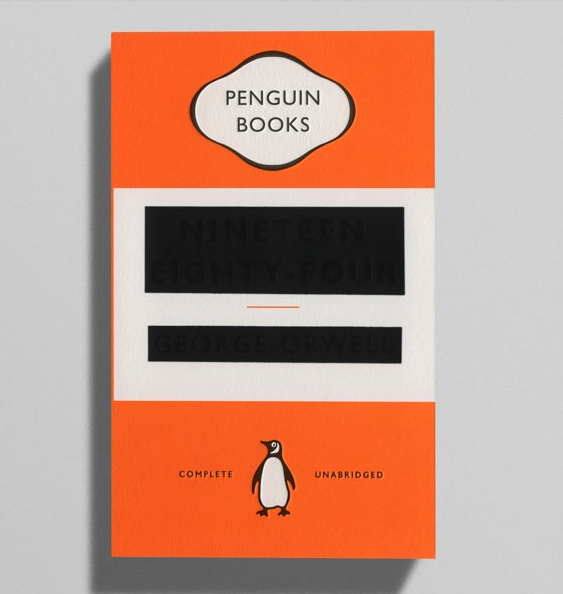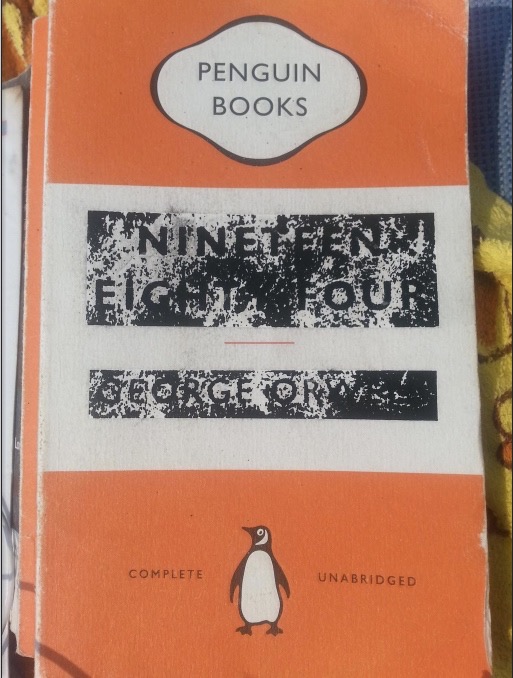Few cities have been as romanticized as Paris, and few eras in Paris have been as romanticized as the nineteen-twenties. This owes much to the famous expatriate artistic and literary figures residing there in that decade: Ernest Hemingway, Salvador Dalí, F. Scott and Zelda Fitzgerald, Pablo Picasso, Gertrude Stein, and Man Ray, to name just a few of the figures revived in Woody Allen’s Midnight in Paris. It’s still difficult, a century later, not to feel at least some curiosity about the real Paris in the twenties, footage of which you can see colorized and enhanced to play at a smooth 60 frames per second in the video above.
In some respects, Paris hasn’t changed much over the past hundred or so years. Notre-Dame, the bridges across the Seine, and the colonne Vendôme will be immediately recognizable to anyone who’s been there.
And though the attire of Parisians may be unrecognizable, their habits certainly aren’t: then as now, they clearly spent considerable amounts of time on les terrasses of their cafés of choice. (And in some cases, they’re just the same cafés, as in the case of Le Dôme and Le Café de la Paix.) And though a few of them still read newspapers there in the twenty-twenties, many more did in the nineteen twenties, the invention of the smartphone lying about eighty years in the future.
For some of us, the absence of screens alone may feel like reason enough to time-travel back, as Owen Wilson’s disaffected Hollywood screenwriter does in Midnight in Paris. If we consider the state of plumbing, heating and dentistry in the France after World War I, we may have second thoughts, and surely our foreknowledge of World War II would also put a damper on the experience. But romance is romance, and if we could successfully manage to integrate ourselves into the urban life captured by these film clips, we might just get used to it, and even want to stick around for a few more decades after Hemingway, Picasso, the Fitzgeralds, et al leave the scene. After all, les Trente Glorieuses were still to come.
via MyModernMet
Related content:
Paris, New York & Havana Come to Life in Colorized Films Shot Between 1890 and 1931
Color Footage of the Liberation of Paris, Shot by Hollywood Director George Stevens (1944)
Based in Seoul, Colin Marshall writes and broadcasts on cities, language, and culture. His projects include the Substack newsletter Books on Cities, the book The Stateless City: a Walk through 21st-Century Los Angeles and the video series The City in Cinema. Follow him on Twitter at @colinmarshall or on Facebook.
